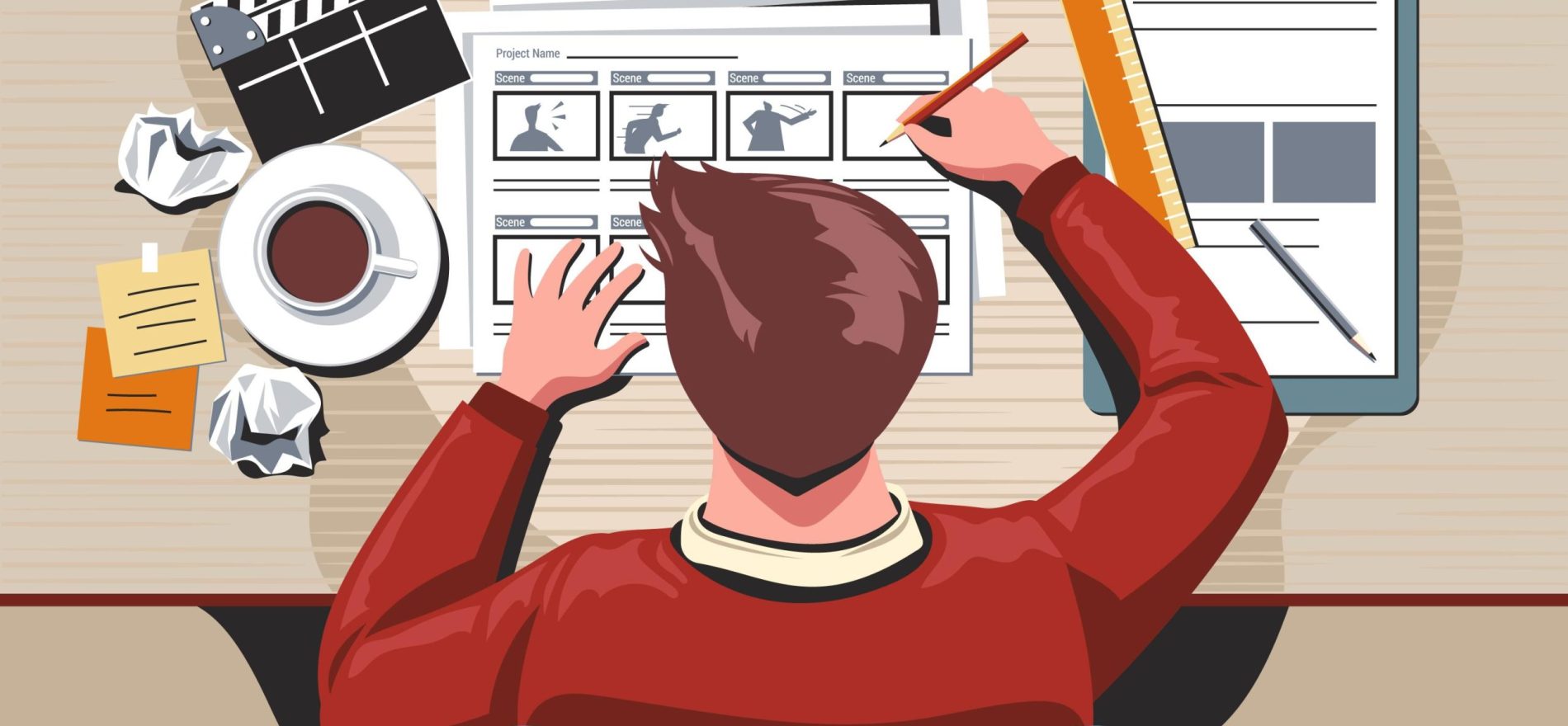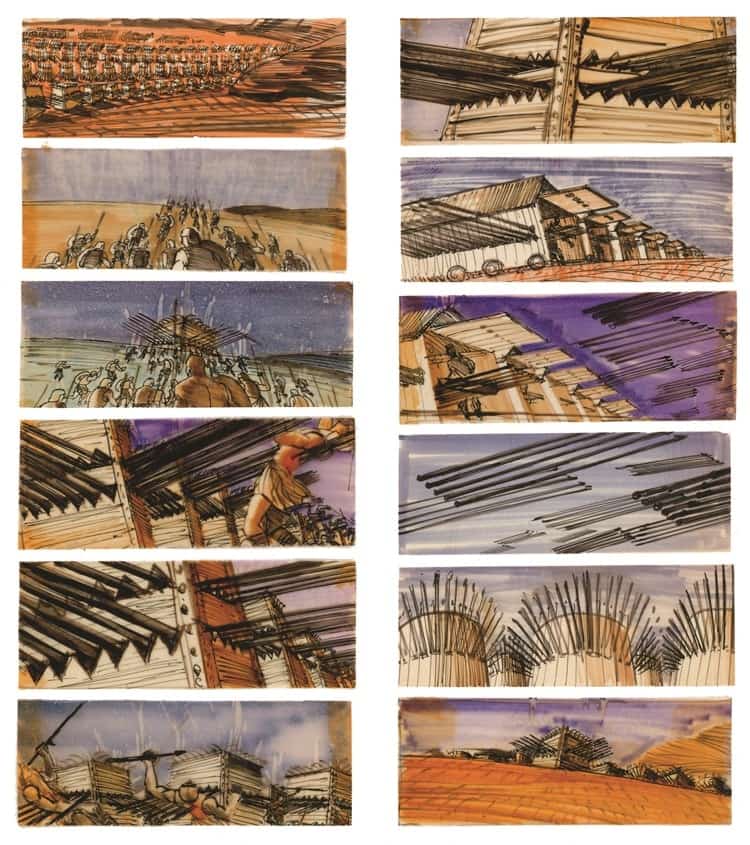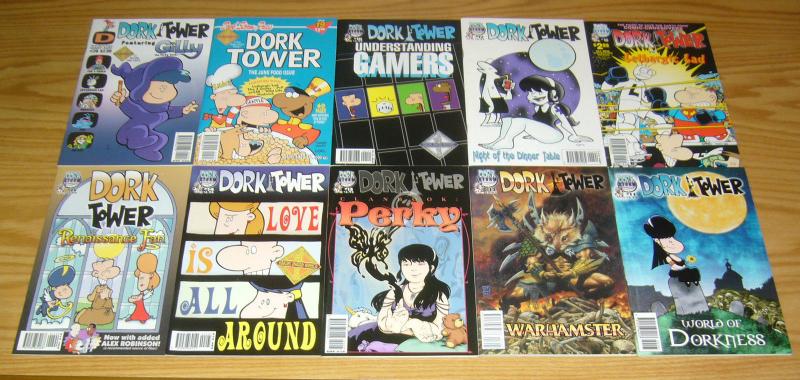The Art of Storyboarding: Bringing Ideas to Life Through Visual Narratives
In the vast ocean of creative expression, one vessel stands out as a guiding light for storytellers and filmmakers alike: the art of storyboarding. Picture this: before a film graces the silver screen, or a comic book leaps off the page, there's a blueprint, a visual roadmap that lays the groundwork for the narrative journey ahead. Welcome to the world of storyboarding, where ideas come to life through the magic of visual storytelling.
Defining the Essence
At its core, storyboarding is the process of illustrating a story through a series of sketches or panels, akin to a comic strip, to visualize the sequence of events. Think of it as a rough draft of the final product, where directors, animators, or even novelists map out scenes, camera angles, and character movements. It's the skeleton upon which the flesh of the narrative is draped.
But it's more than just drawing pretty pictures. Storyboarding is about capturing the essence of a story—the emotions, the pacing, the atmosphere—in a visual format. It's about translating the intangible into the tangible, the abstract into the concrete. And in doing so, it bridges the gap between imagination and reality.
Unveiling Key Aspects
Now, let's peel back the layers and dive deeper into the anatomy of storyboarding.
1. Visualization:
Storyboards serve as a visual blueprint, offering a glimpse into the filmmaker's mind. From wide shots to close-ups, from establishing shots to action sequences, every frame is meticulously crafted to convey the story beats with clarity and precision. It's like painting a canvas with words, except the brushstrokes are replaced with pencil lines.
2. Communication:
Storyboarding is a universal language spoken by filmmakers worldwide. Whether you're in Hollywood or Bollywood, in animation or live-action, the principles remain the same. It's a means of communication—a shorthand for conveying ideas and concepts to the entire production team. Directors use it to communicate their vision, cinematographers use it to plan their shots, and editors use it to sequence the scenes.
3. Iteration:
One of the greatest virtues of storyboarding is its flexibility. It allows filmmakers to experiment, iterate, and refine their ideas before committing them to film. Want to try a different camera angle? Sketch it out. Not sure about the pacing of a scene? Storyboard it. It's a playground for creativity, where trial and error are not only encouraged but embraced.
Relevance in Today's Landscape
In an age dominated by CGI spectacles and big-budget blockbusters, one might wonder: is there still a place for the humble storyboard? The answer, my friends, is a resounding yes.
1. Efficiency:
In an industry where time is money, storyboarding is a cost-effective way to streamline the production process. By visualizing the entire film beforehand, filmmakers can identify potential problems and rectify them early on, saving both time and resources in the long run. It's like having a roadmap that prevents you from getting lost in the wilderness of creativity.
2. Collaboration:
Filmmaking is a collaborative endeavour, requiring input from a myriad of talents—from writers and directors to cinematographers and editors. Storyboarding serves as a common ground where ideas can converge, allowing everyone to visualize the same story from different perspectives. It fosters collaboration, sparks dialogue, and ultimately leads to a richer, more cohesive narrative.
3. Accessibility:
With the advent of digital technology, storyboarding has become more accessible than ever before. Gone are the days of pen and paper; today, filmmakers can create storyboards using software tools that offer a plethora of features and functionalities. Whether you're a seasoned professional or an aspiring filmmaker, the tools of the trade are at your fingertips, waiting to unleash your creative potential.
Insights and Anecdotes
Now, let's sprinkle in some anecdotes and insights to add flavour to our narrative.
Alfred Hitchcock:
The master of suspense, Alfred Hitchcock, was notorious for his meticulous approach to filmmaking. Before shooting a single frame, he would storyboard every scene in his films, down to the smallest detail. Legend has it that he would rarely deviate from his storyboards, treating them as gospel. It just goes to show the power of careful planning and foresight in the world of cinema.
Pixar:
When it comes to storytelling, few do it better than Pixar. From "Toy Story" to "Up," their films are beloved for their heartwarming stories and unforgettable characters. But did you know that Pixar's creative process begins with storyboarding? In fact, they dedicate an entire department to storyboarding, where artists sketch out the entire film, frame by frame before it's handed off to the animators. It's a testament to the importance of storytelling in the animation industry.
Graphic Novels:
Storyboarding isn't limited to the realm of film; it's also a staple in the world of graphic novels and comic books. Artists use storyboards to plan out the layout of each page, ensuring that the narrative flows seamlessly from panel to panel. It's a marriage of words and images, where every frame is imbued with meaning and significance.
Conclusion: Charting a Course for Creativity
As we navigate the choppy waters of creativity, let us not forget the guiding light that is storyboarding. It's more than just a tool; it's a mindset—a way of seeing the world through the lens of storytelling. Whether you're a filmmaker, a novelist, or an artist, the principles of storyboarding can elevate your craft to new heights. So, the next time you find yourself lost in the labyrinth of ideas, remember the humble storyboard. It's your compass, your North Star, guiding you towards the shores of creative expression. Embrace it, cherish it, and watch as your ideas come to life before your very eyes.
And remember, this is just the beginning of our journey into the fascinating world of storyboarding. There are depths yet to be explored, and secrets yet to be uncovered. So, grab your pencil and join me as we embark on this adventure together. The canvas awaits, my friends. Let's paint our masterpiece.









Comments
Post a Comment